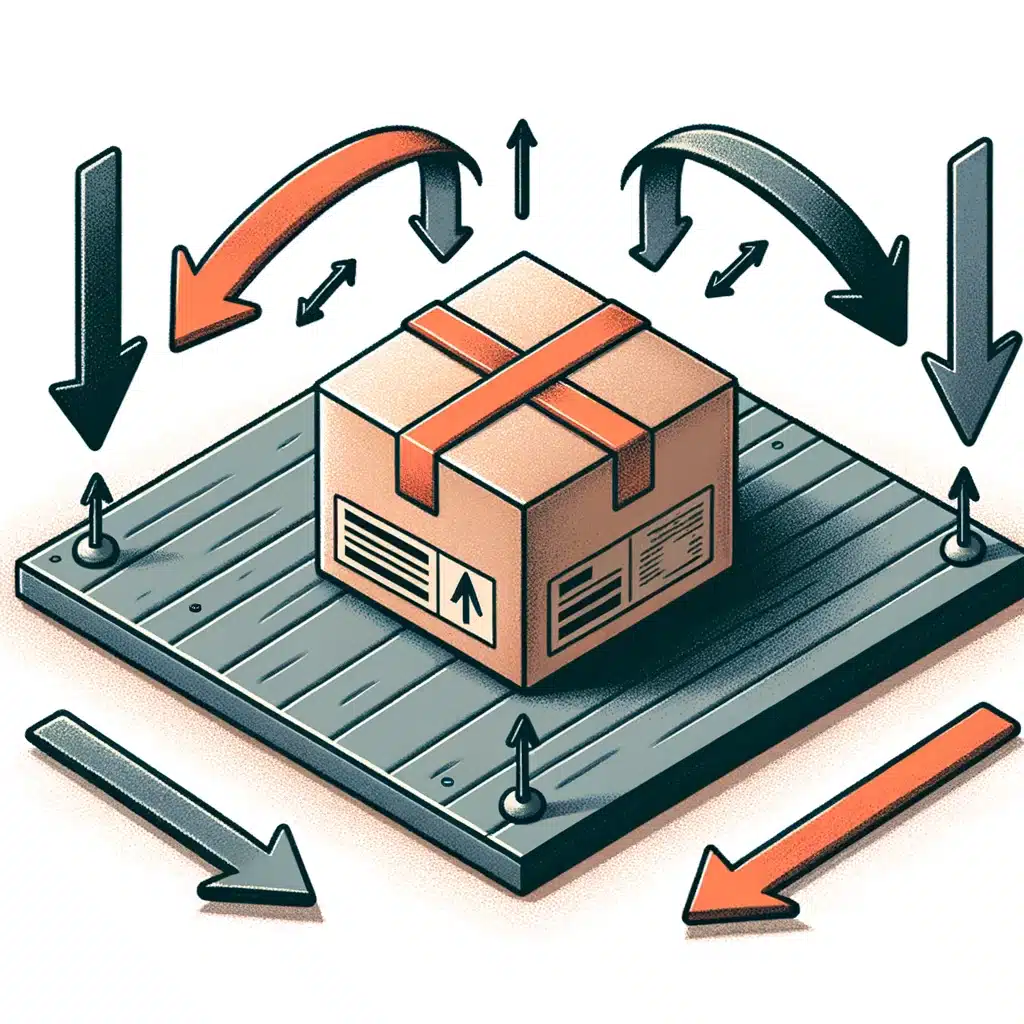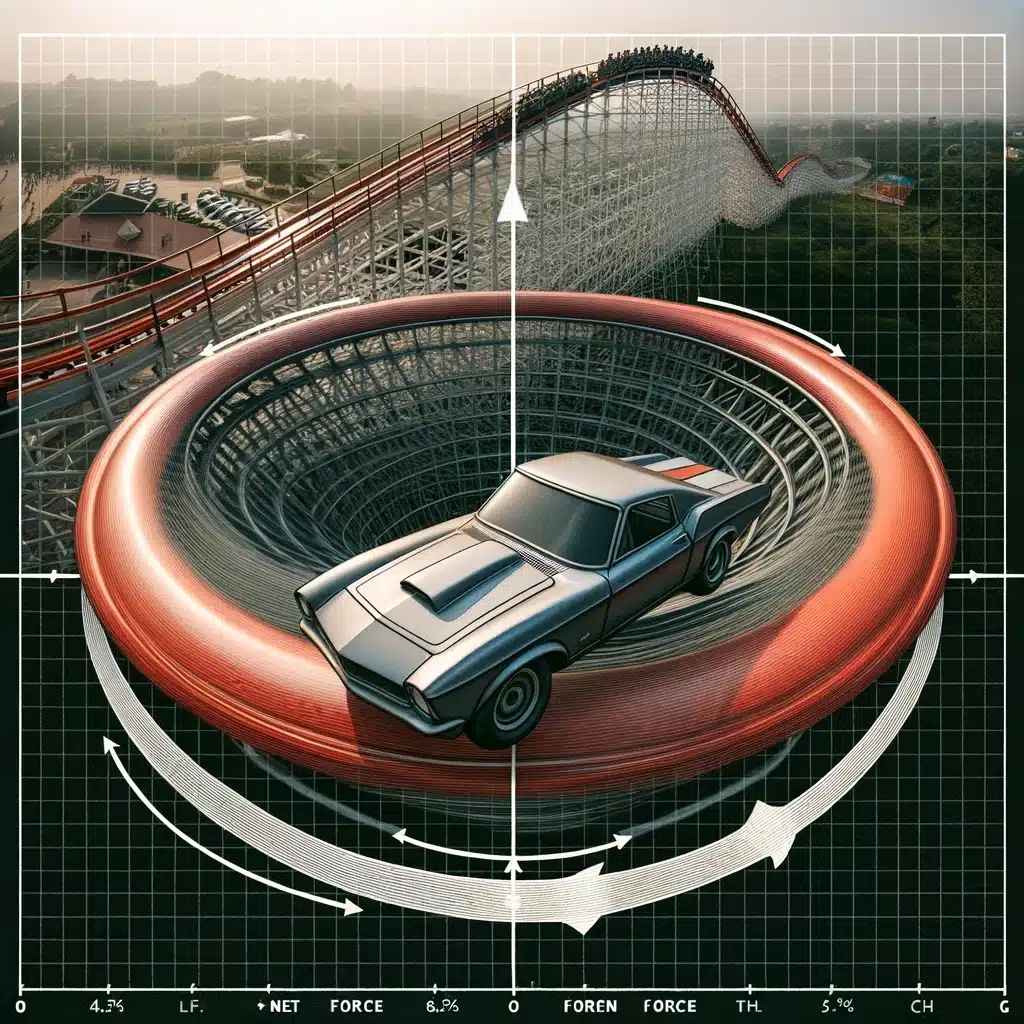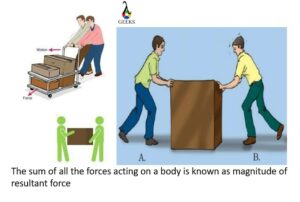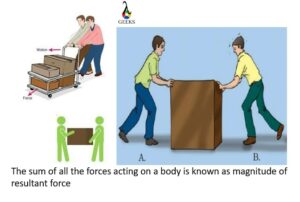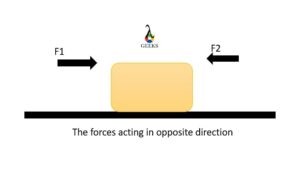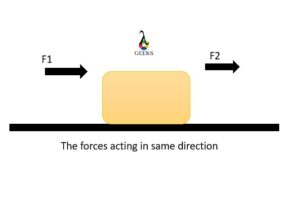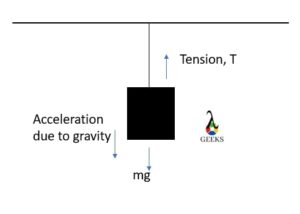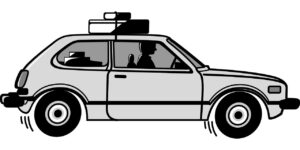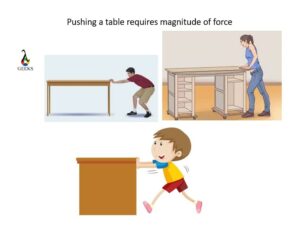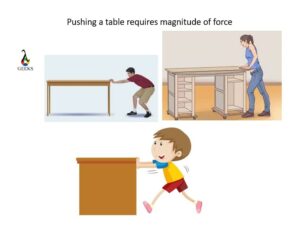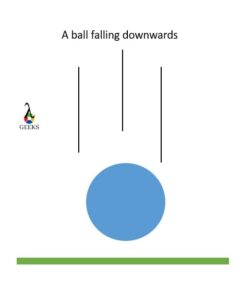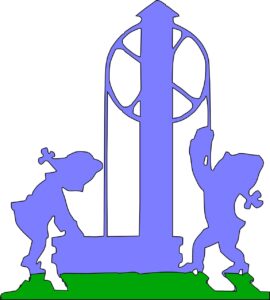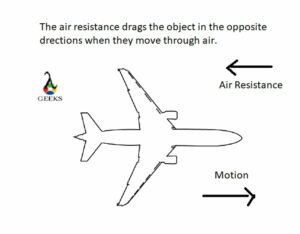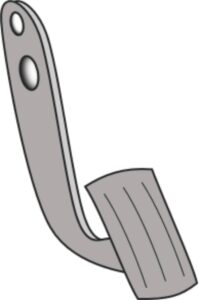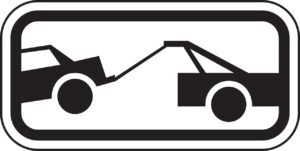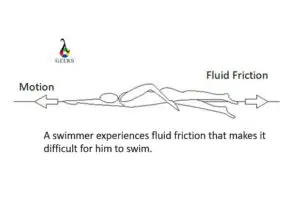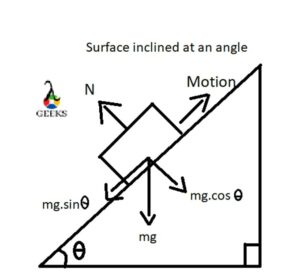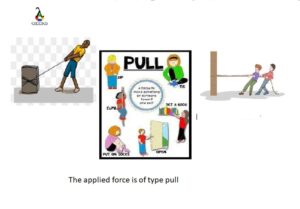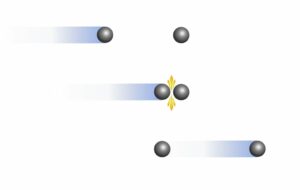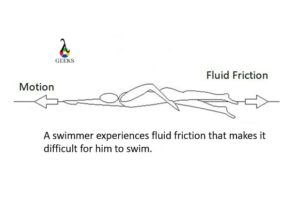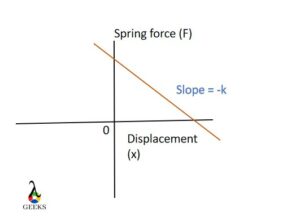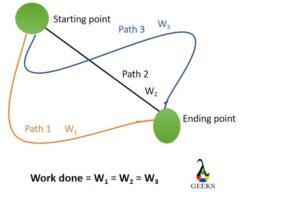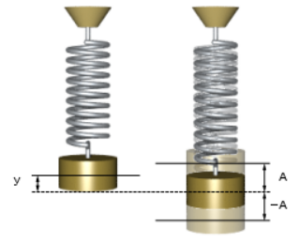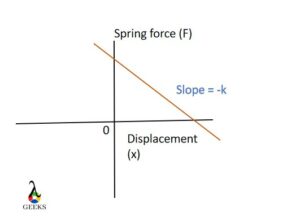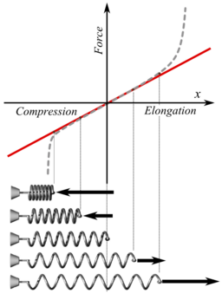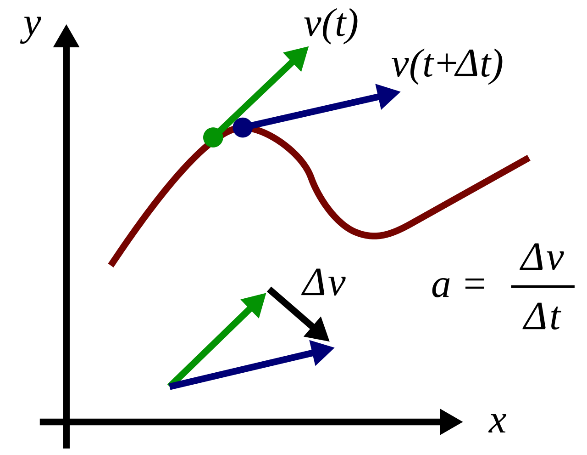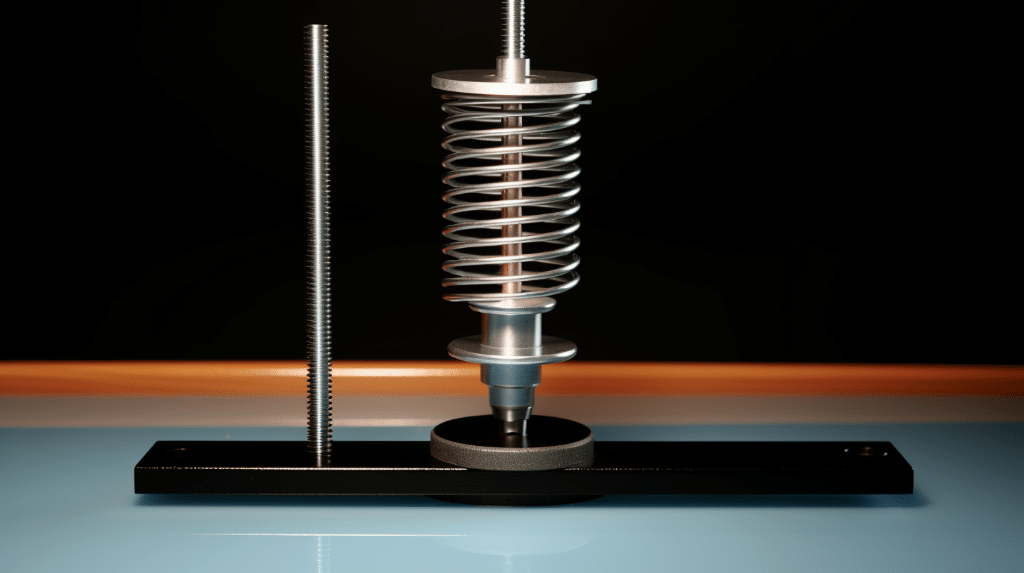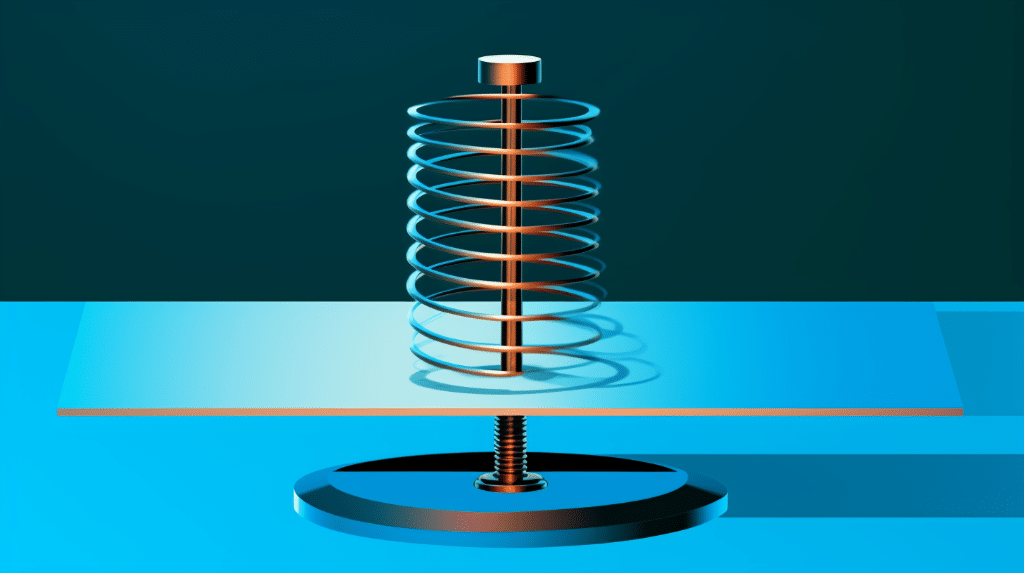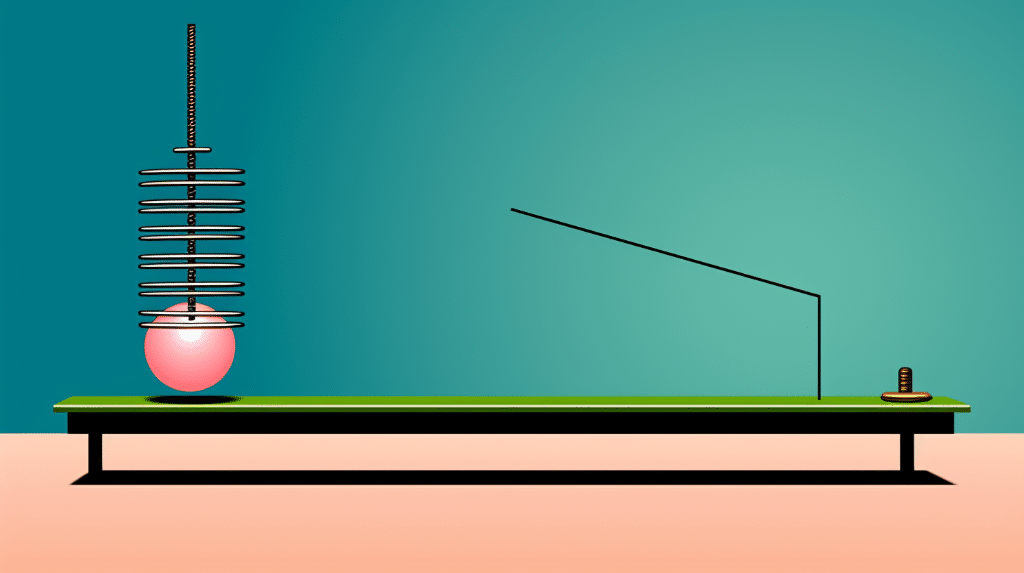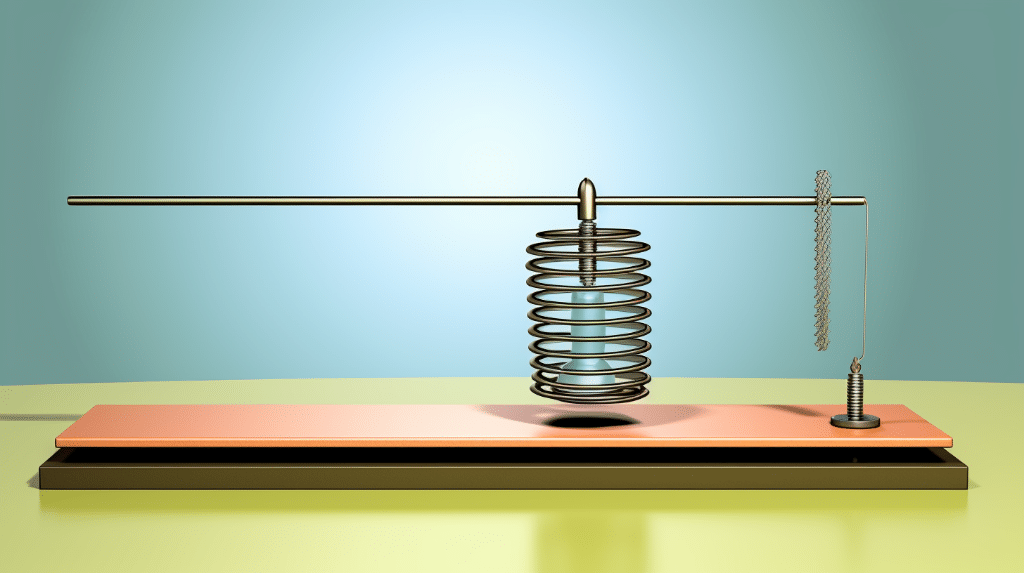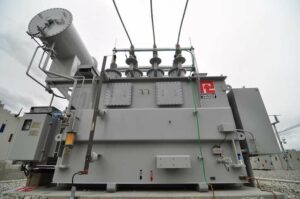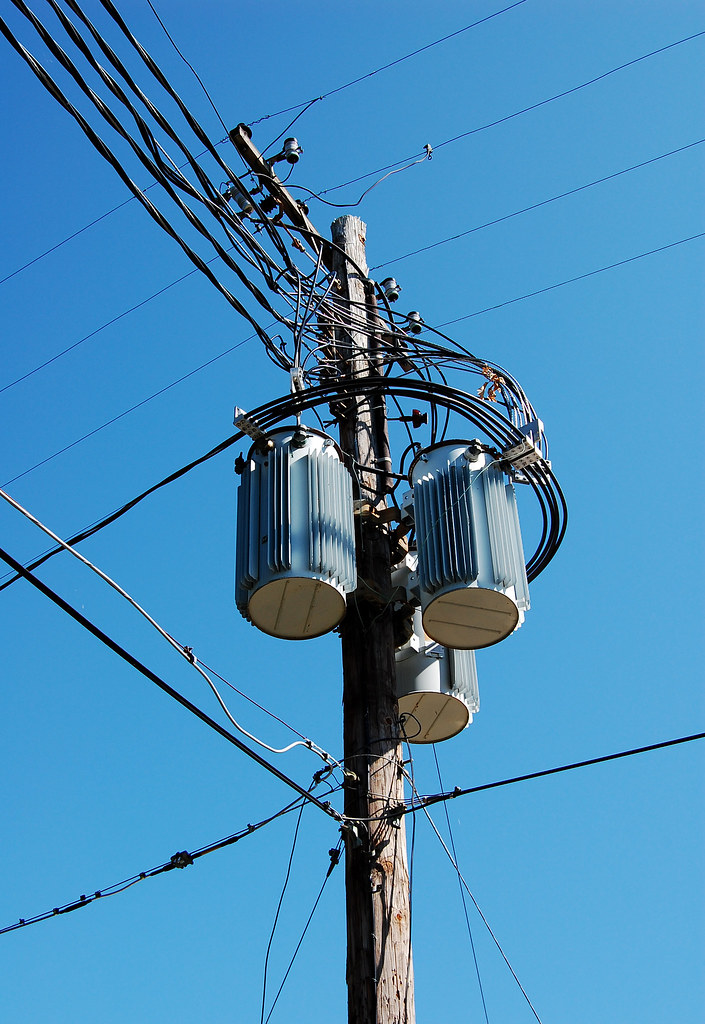Determining the firing order of an engine is crucial for its smooth operation and optimal performance. The firing order refers to the sequence in which the spark plugs ignite the fuel-air mixture in each cylinder of an engine. This sequence is carefully designed to ensure that the engine runs smoothly and efficiently. The firing order is determined by the engine’s design and configuration, and it can vary between different types of engines. In this article, we will explore the importance of the firing order, how to determine it for different engine types, and the potential consequences of getting it wrong. So, let’s dive in and learn more about this fundamental aspect of engine operation.
Key Takeaways
- The firing order of an engine determines the sequence in which each cylinder fires.
- The firing order is crucial for the engine’s smooth operation and power delivery.
- The firing order can be determined by referring to the engine’s specifications or consulting the manufacturer’s documentation.
- Incorrect firing order can lead to engine misfires, poor performance, and potential damage.
- It is important to follow the correct firing order when replacing spark plugs, ignition coils, or performing engine repairs.
Understanding Firing Order in Multi-Cylinder Engines
In a multi-cylinder engine, the firing order refers to the specific sequence in which each cylinder receives a spark from the ignition system. This sequence is crucial for the engine to operate smoothly and efficiently. Let’s delve into the definition of firing order and explore the consequences of an improper firing order.
Definition of Firing Order
The firing order is determined by the engine manufacturer and is typically specified in the engine’s service manual. It is a numerical sequence that indicates the order in which the spark plugs ignite the air-fuel mixture in each cylinder. The firing order is designed to ensure that the power strokes of the engine are evenly distributed, minimizing vibrations and maximizing power output.
To determine the firing order, you need to know the cylinder arrangement and the rotation direction of the crankshaft. The cylinder arrangement can vary depending on the engine design, such as inline, V-shaped, or flat. The rotation direction of the crankshaft is usually clockwise or counterclockwise when viewed from the front of the engine.
Once you have this information, you can refer to the firing order diagram or firing order table provided by the manufacturer. These diagrams or tables illustrate the specific sequence in which the spark plugs should fire in relation to the cylinder arrangement and crankshaft rotation. It is crucial to follow the correct firing order to ensure proper combustion and engine performance.
Consequences of Improper Firing Order
Using an incorrect firing order can have detrimental effects on the engine’s performance and overall operation. Here are some consequences of an improper firing order:
-
Misfiring and Rough Running: When the firing order is incorrect, the spark plugs ignite the air-fuel mixture at the wrong time in the engine’s cycle. This can result in misfiring, causing the engine to run rough and unevenly. The engine may experience a loss of power, increased vibrations, and even stalling.
-
Increased Wear and Tear: An improper firing order can lead to increased wear and tear on engine components. The combustion forces may not be evenly distributed among the cylinders, putting extra strain on the pistons, connecting rods, and crankshaft. Over time, this can lead to premature engine failure and costly repairs.
-
Reduced Fuel Efficiency: When the firing order is incorrect, the combustion process becomes less efficient. This can result in incomplete combustion, leading to wasted fuel and reduced fuel efficiency. Inefficient combustion can also increase emissions, negatively impacting the environment.
-
Engine Damage: In extreme cases, an improper firing order can cause severe engine damage. The unbalanced forces generated by the misfiring cylinders can cause excessive vibrations and stress on the engine components. This can lead to catastrophic failures, such as bent valves, damaged pistons, or even a cracked engine block.
To avoid these consequences, it is crucial to determine and follow the correct firing order for your engine. Always consult the engine’s service manual or contact the manufacturer for the accurate firing order information. Additionally, it is essential to double-check the firing order during engine assembly or when replacing spark plugs or ignition components.
In conclusion, understanding the firing order in multi-cylinder engines is vital for maintaining optimal engine performance. By following the correct firing order, you can ensure smooth operation, maximize power output, and prolong the lifespan of your engine.
Firing Order of Four Cylinder Engines

The firing order of an engine refers to the specific sequence in which each cylinder in the engine fires. In a four-cylinder engine, there are several typical firing orders that are commonly used. Understanding the firing order is crucial for achieving optimum performance and smooth operation of the engine.
Typical Firing Orders for Four Cylinder Engines
The firing order of a four-cylinder engine can vary depending on the specific engine design and manufacturer. However, there are a few common firing orders that are widely used. These firing orders are designed to ensure smooth operation and even distribution of power throughout the engine’s combustion cycle.
One of the most common firing orders for a four-cylinder engine is the “1-3-4-2” firing order. This means that the first cylinder to fire is cylinder number one, followed by cylinder number three, then cylinder number four, and finally cylinder number two. This firing order is often used in inline-four engines, where the cylinders are arranged in a straight line.
Another common firing order for a four-cylinder engine is the “1-2-4-3” firing order. In this firing order, cylinder number one fires first, followed by cylinder number two, then cylinder number four, and finally cylinder number three. This firing order is often used in engines with a “crossplane” crankshaft design, where the cylinders are arranged in a cross pattern.
Importance of Correct Firing Order for Optimum Performance
The correct firing order is crucial for achieving optimum performance and smooth operation of the engine. When the firing order is incorrect, it can lead to imbalances in the engine’s power delivery, resulting in rough idling, reduced power output, and increased engine vibrations.
The firing order determines the sequence in which the spark plugs ignite the air-fuel mixture in each cylinder. When the firing order is correct, the combustion process occurs in a balanced and efficient manner. This ensures that each cylinder contributes its fair share of power to the engine’s overall performance.
On the other hand, an incorrect firing order can disrupt the combustion process and lead to misfires. This can cause uneven power delivery, decreased fuel efficiency, and increased emissions. It can also put additional stress on the engine components, such as the pistons, crankshaft, and camshaft, potentially leading to premature wear and damage.
To determine the correct firing order for a specific engine, it is essential to consult the engine’s manufacturer specifications or reference materials. These resources provide detailed information on the firing order, ignition timing, and other critical engine parameters.
In conclusion, understanding the firing order of a four-cylinder engine is essential for achieving optimum performance and smooth operation. By following the correct firing order, you can ensure that each cylinder contributes its fair share of power to the engine’s overall performance. Always consult the engine’s manufacturer specifications to determine the correct firing order for your specific engine model.
Firing Order of Five Cylinder Engines
Determining the firing order of an engine is crucial for its smooth operation. In a five-cylinder engine, the firing order refers to the specific sequence in which each cylinder receives a spark from the ignition system. This sequence ensures that the power strokes of the engine are evenly distributed, resulting in balanced combustion and smooth operation.
Typical Firing Orders for Five Cylinder Engines
Five-cylinder engines can have different firing orders depending on their design and configuration. Here are some common firing orders found in five-cylinder engines:
- 1-2-4-5-3 Firing Order:
- Cylinder 1 receives the first spark, followed by cylinders 2, 4, 5, and 3 in that order.
-
This firing order is commonly used in inline five-cylinder engines, where the cylinders are arranged in a straight line.
-
1-2-4-3-5 Firing Order:
- Cylinder 1 receives the first spark, followed by cylinders 2, 4, 3, and 5 in that order.
-
This firing order is commonly used in transverse-mounted five-cylinder engines, where the cylinders are arranged in a V shape.
-
1-2-4-3-5 Firing Order (Reverse):
- Cylinder 1 receives the first spark, followed by cylinders 2, 4, 3, and 5 in that order.
- This firing order is the reverse of the previous one and is also commonly used in transverse-mounted five-cylinder engines.
It’s important to note that the firing order is determined by the engine’s design and is typically set by the manufacturer. Following the correct firing order is essential for proper engine performance and to avoid issues such as misfires and uneven power delivery.
To understand the firing order of a specific engine, you can refer to the engine’s service manual or consult the manufacturer’s specifications. Additionally, some engines may have the firing order information stamped on the intake manifold or the cylinder head.
Remember that the firing order is not related to the physical arrangement of the cylinders. It is solely determined by the engine’s design and the timing of the ignition system.
In conclusion, determining the firing order of a five-cylinder engine is crucial for its smooth operation. By following the correct firing order sequence, you can ensure balanced combustion and optimal engine performance. Always refer to the engine’s service manual or consult the manufacturer’s specifications to determine the specific firing order for your engine.
Firing Order of Six Cylinder Engines
Determining the firing order of an engine is crucial for its smooth operation. In a six-cylinder engine, the firing order refers to the specific sequence in which each cylinder receives a spark from the spark plug during the combustion process. This sequence is essential to maintain the engine’s balance and ensure optimal performance. Let’s explore some typical firing orders for six-cylinder engines.
Typical Firing Orders for Six Cylinder Engines
The firing order of a six-cylinder engine depends on its cylinder arrangement and the rotation of the crankshaft. There are a few common firing orders used in six-cylinder engines, including:
-
1-5-3-6-2-4: This firing order is commonly found in inline-six engines. The cylinders are numbered sequentially from one end of the engine to the other, with cylinder 1 being the first cylinder to fire. Following this firing order ensures that each cylinder fires in a balanced manner, minimizing vibrations and maximizing power output.
-
1-4-2-5-3-6: This firing order is often used in V6 engines, where the cylinders are arranged in a V shape. The first cylinder to fire is cylinder 1, located on one bank of the engine, followed by cylinder 4 on the opposite bank, and so on. This firing order also helps maintain balance and smooth operation.
-
1-6-5-4-3-2: Another firing order commonly used in V6 engines is the 1-6-5-4-3-2 sequence. Similar to the previous firing order, it ensures that the cylinders on each bank fire alternately, promoting balance and reducing vibrations.
It’s important to note that the firing order is determined by the engine’s design and cannot be changed without potentially causing severe damage to the engine. Therefore, it is crucial to consult the engine manufacturer‘s specifications or service manual to determine the correct firing order for a particular engine.
To visualize the firing order, you can refer to a firing order diagram specific to your engine model. These diagrams illustrate the cylinder arrangement and the corresponding firing sequence, providing a clear visual representation of how the spark plugs should fire in the combustion process.
In conclusion, understanding the firing order of a six-cylinder engine is essential for maintaining its balance and ensuring optimal performance. By following the correct firing order, you can minimize vibrations, maximize power output, and promote smooth operation. Always consult the engine manufacturer‘s specifications or service manual to determine the correct firing order for your specific engine model.
Formula to Calculate Firing Order of IC Engine
Determining the firing order of an internal combustion (IC) engine is crucial for its smooth operation. The firing order refers to the sequence in which the spark plugs in the engine’s cylinders ignite the air-fuel mixture, resulting in combustion. A correct firing order ensures that the engine runs efficiently and minimizes vibrations. In this section, we will explore the formula used to calculate the firing order of an IC engine.
Calculation of Firing Interval
To calculate the firing order, we need to consider two factors: the cylinder numbering and alignment, and the firing interval. The firing interval is the time duration between the ignition of two consecutive cylinders in the firing order sequence.
Cylinder Numbering and Alignment
Before we can calculate the firing interval, it is essential to understand how the cylinders are numbered and aligned in an engine. The cylinders are typically numbered from the front to the rear of the engine, with the frontmost cylinder being number one. The alignment of the cylinders can vary depending on the engine configuration, such as inline, V-shaped, or flat.
For example, in a four-cylinder inline engine, the cylinders are aligned in a straight line, and the firing order is usually 1-3-4-2. In a V6 engine, the cylinders are arranged in two banks, with three cylinders on each side. The firing order for a V6 engine can be 1-6-5-4-3-2 or 1-2-3-4-5-6, depending on the specific engine design.
Tabular Representation of Firing Order Options
To determine the firing order, we can create a table that lists all the possible firing order options based on the number of cylinders and the engine configuration. Let’s take a look at a table representing the firing order options for various engine configurations:
| Engine Configuration | Firing Order |
|---|---|
| Inline 4 | 1-3-4-2 |
| Inline 6 | 1-5-3-6-2-4 |
| V6 | 1-6-5-4-3-2 |
| V8 | 1-8-4-3-6-5-7-2 |
| Boxer 4 | 1-3-4-2 |
| Boxer 6 | 1-6-2-4-3-5 |
The table above provides a general idea of the firing order options for different engine configurations. However, it’s important to note that specific engine designs may have variations in the firing order, so it’s always best to consult the engine manufacturer‘s specifications or service manual for the accurate firing order.
By referring to the table and considering the cylinder numbering and alignment, you can determine the firing order of your specific engine. It’s crucial to follow the correct firing order to ensure optimal performance and avoid potential engine issues.
In conclusion, calculating the firing order of an IC engine involves understanding the cylinder numbering and alignment, as well as the firing interval. By referring to the engine manufacturer‘s specifications or service manual, you can determine the correct firing order for your engine. Following the correct firing order is essential for the engine’s smooth operation and overall performance.
Determining Firing Order for Inline Four-Cylinder IC Engine
Determining the firing order of an inline four-cylinder internal combustion engine is crucial for its smooth operation and optimal performance. The firing order refers to the sequence in which the engine’s cylinders fire, ensuring that the power strokes occur in the correct order. There are two common options for determining the firing order in an inline four-cylinder engine, each with its own advantages and considerations.
Option 1: Compression at 2nd cylinder and exhaust at 3rd cylinder
In this firing order option, the compression stroke occurs in the second cylinder, while the exhaust stroke takes place in the third cylinder. This firing order is commonly used in many four-cylinder engines due to its balanced firing pattern and smooth operation.
To understand this firing order, let’s take a closer look at the four cylinders in the engine. The cylinders are numbered consecutively from one to four, with the first cylinder being the one closest to the front of the engine. In this firing order option, the firing sequence is as follows:
- Cylinder 1: Intake stroke
- Cylinder 2: Compression stroke
- Cylinder 3: Exhaust stroke
- Cylinder 4: Power stroke
By having the compression stroke in the second cylinder and the exhaust stroke in the third cylinder, this firing order helps to balance the engine’s power delivery and reduce vibrations. It also ensures that the power strokes are evenly distributed across the engine’s rotation, resulting in smoother operation and improved fuel efficiency.
Option 2: Exhaust at 2nd cylinder and compression at 3rd cylinder
The second option for determining the firing order in an inline four-cylinder engine is to have the exhaust stroke occur in the second cylinder and the compression stroke in the third cylinder. This firing order is less common than the first option but is still used in some engines.
In this firing order option, the firing sequence is as follows:
- Cylinder 1: Intake stroke
- Cylinder 2: Exhaust stroke
- Cylinder 3: Compression stroke
- Cylinder 4: Power stroke
By having the exhaust stroke in the second cylinder and the compression stroke in the third cylinder, this firing order can provide a different power delivery characteristic compared to the first option. It may result in a slightly different engine sound and performance feel. However, it is important to note that the overall impact on engine performance is minimal, and the choice between the two firing order options is often based on the engine manufacturer‘s design preferences.
Comparison and selection of the optimal firing order
When it comes to selecting the optimal firing order for an inline four-cylinder engine, there are several factors to consider. These include engine balance, power delivery, vibration reduction, and overall performance requirements.
Both firing order options discussed above have their advantages and considerations. Option 1, with compression at the second cylinder and exhaust at the third cylinder, offers a balanced firing pattern and smoother operation. It is commonly used in many four-cylinder engines and provides good overall performance.
On the other hand, Option 2, with exhaust at the second cylinder and compression at the third cylinder, may provide a slightly different power delivery characteristic. However, the overall impact on engine performance is minimal, and the choice between the two options is often based on the engine manufacturer‘s design preferences.
In conclusion, determining the firing order for an inline four-cylinder engine is crucial for its smooth operation and optimal performance. Both options discussed above have their advantages, and the choice between them depends on various factors. Engine manufacturers carefully consider these factors when designing their engines to ensure the best possible performance and efficiency.
Firing Order Examples in Automobiles
Determining the firing order of an engine is crucial for its smooth operation. The firing order refers to the sequence in which each cylinder in an engine ignites its fuel-air mixture. This sequence is essential to maintain the engine’s balance and prevent any unwanted vibrations. In this section, we will explore the firing orders used in 3, 4, 5, and 6 cylinder engines.
Firing Orders Used in 3, 4, 5, and 6 Cylinder Engines
The firing order of an engine depends on the number of cylinders it has. Let’s take a look at the firing orders commonly used in different types of engines:
3 Cylinder Engine Firing Order
In a 3-cylinder engine, there are three cylinders arranged in a specific order. The most common firing order for a 3-cylinder engine is 1-3-2. This means that the first cylinder fires, followed by the third cylinder, and then the second cylinder. This firing order helps in maintaining the balance of the engine and ensures smooth operation.
4 Cylinder Engine Firing Order
A 4-cylinder engine is one of the most common engine configurations found in automobiles. There are different firing orders used in 4-cylinder engines, depending on the engine design. The most common firing orders for 4-cylinder engines are:
- 1-3-4-2
- 1-2-4-3
In the first firing order, the first cylinder fires, followed by the third, fourth, and then the second cylinder. In the second firing order, the first cylinder fires, followed by the second, fourth, and then the third cylinder. These firing orders help in maintaining the balance and smooth operation of the engine.
5 Cylinder Engine Firing Order
Although less common than 3 or 4-cylinder engines, 5-cylinder engines are used in some vehicles. The firing order for a 5-cylinder engine is typically 1-2-4-5-3. In this firing order, the first cylinder fires, followed by the second, fourth, fifth, and then the third cylinder. This firing order ensures balanced combustion and smooth engine operation.
6 Cylinder Engine Firing Order
6-cylinder engines are commonly found in larger vehicles and provide a good balance between power and fuel efficiency. The firing orders used in 6-cylinder engines vary depending on the engine design. Some common firing orders for 6-cylinder engines are:
- 1-5-3-6-2-4
- 1-4-2-6-3-5
In the first firing order, the first cylinder fires, followed by the fifth, third, sixth, second, and then the fourth cylinder. In the second firing order, the first cylinder fires, followed by the fourth, second, sixth, third, and then the fifth cylinder. These firing orders help in maintaining the balance and smooth operation of the engine.
Understanding the firing order of your engine is essential for proper maintenance and troubleshooting. It ensures that the spark plugs ignite the fuel-air mixture in the correct sequence, allowing for efficient combustion and optimal engine performance.
Conclusion
In conclusion, determining the firing order of an engine is crucial for its proper functioning and performance. The firing order refers to the sequence in which the spark plugs in the engine’s cylinders ignite the air-fuel mixture. By following the correct firing order, you can ensure that the engine runs smoothly, avoids misfires, and maximizes power output. There are different methods to determine the firing order, such as consulting the engine’s manual, using the cylinder numbering system, or observing the distributor cap or ignition coil pack. It is important to note that the firing order may vary depending on the engine configuration, such as the number of cylinders and the type of engine (V-shaped, inline, or flat). Therefore, it is essential to consult the specific engine’s documentation or seek professional assistance if you are unsure about the firing order. By correctly determining and setting the firing order, you can maintain the engine’s efficiency, reliability, and overall performance.
Frequently Asked Questions
1. How is the firing order of an engine decided?
The firing order of an engine is determined by the manufacturer and is based on the desired balance of power, smoothness, and efficiency. It is typically determined through careful engineering and testing.
2. How can I decide the firing order of an engine?
To determine the firing order of an engine, you can refer to the engine’s specifications provided by the manufacturer. The firing order is usually listed in the engine’s service manual or can be found online.
3. How do I determine the firing order of a 4-cylinder engine?
To determine the firing order of a 4-cylinder engine, you can follow the cylinder arrangement and firing order diagram provided by the manufacturer. The diagram will show the sequence in which each cylinder fires.
4. How can I find the firing order?
You can find the firing order of an engine by referring to the firing order diagram provided by the manufacturer. The diagram will show the correct sequence in which the spark plugs fire in each cylinder.
5. Why is the firing order 1342?
The firing order 1342 is a common firing sequence used in many 4-cylinder engines. This firing order is chosen to achieve a balanced firing pattern and minimize engine vibrations.
6. How can I know the firing order of an engine?
You can know the firing order of an engine by referring to the engine’s specifications provided by the manufacturer. The firing order is usually listed in the engine’s service manual or can be found online.
7. What is the firing order in an internal combustion engine?
The firing order in an internal combustion engine refers to the specific sequence in which the spark plugs ignite the air-fuel mixture in the cylinders. It is crucial for the engine’s proper functioning and smooth operation.
8. How does the firing order affect engine performance?
The firing order affects engine performance by determining the timing and sequence of combustion events. A correct firing order ensures proper ignition timing, efficient combustion, and balanced power delivery, resulting in optimal engine performance.
9. What components are involved in determining the firing order?
The components involved in determining the firing order include the piston, crankshaft, camshaft, spark plug, and ignition timing. These components work together to ensure that each cylinder fires in the correct sequence.
10. How does the rotation of the crankshaft affect the firing order?
The rotation of the crankshaft determines the firing order. The crankshaft’s rotation is synchronized with the camshaft, which controls the opening and closing of the engine’s valves. The firing order is designed to match the rotation of the crankshaft, ensuring proper combustion in each cylinder.





